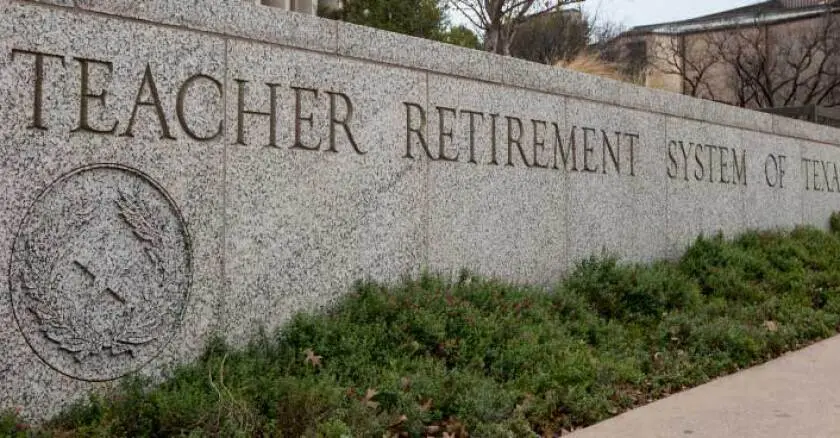
The California State Teachers' Retirement System, commonly known as CalSTRS, is the largest educator-only pension fund in the world. Established in 1913, it provides retirement, disability, and survivor benefits to California's public school teachers and their families. Understanding how CalSTRS works is essential for educators in California, as it significantly impacts their financial future. This article will delve into the various aspects of the CalSTRS retirement system that teachers should be aware of, including benefits, contribution rates, and retirement options.
CalSTRS Benefits Overview
CalSTRS offers several types of benefits to its members. The primary benefits include:
- Retirement Benefits: Based on a teacher's years of service, age at retirement, and final compensation.
- Disability Benefits: Available for members who become incapacitated and can no longer work.
- Survivor Benefits: Provides financial support to eligible beneficiaries in the event of a teacher's death.
Understanding these benefits is crucial for teachers as they plan for their future. The retirement benefits are particularly significant, as they are calculated using a formula that takes into account a teacher's service credit, age, and final average salary.
Contribution Rates
Both teachers and their employers contribute to the CalSTRS retirement system. The contribution rates can vary based on the member's status and the fiscal year. As of the 2023-2024 fiscal year, K-12 educators contribute a base rate of 10.25% of their salary, which is subject to change based on system requirements. Employers typically contribute a higher percentage, which is currently around 19.1%.
Here’s a simplified breakdown of the contribution rates for the 2023-2024 fiscal year:
| Participant Type | Contribution Rate |
|---|---|
| K-12 Teachers | 10.25% |
| Employers | 19.1% |
| State Contribution | Supplemental funding as needed |
Retirement Options
When it comes time to retire, CalSTRS members have several options to choose from, which can affect their retirement income significantly:
- Standard Retirement: Available at age 62 or with 30 years of service. This option provides the highest monthly benefit.
- Early Retirement: Members can retire as early as age 50 with reduced benefits. This option is beneficial for those who want to stop working earlier but should be chosen carefully due to the reduction in benefits.
- Cash Balance Benefit Program: For members who switch careers and leave CalSTRS, this program offers a more flexible retirement savings option.
Each option has its own advantages and drawbacks. For instance, while early retirement may sound appealing, it's important to consider the long-term financial implications of reduced monthly benefits.
Understanding Service Credit
Service credit is a crucial factor in determining retirement benefits. It is essentially the time a member has worked in a CalSTRS-covered position. Members earn one year of service credit for each year they work full-time. Part-time or substitute teaching can result in partial credit. Accumulating more service credit generally increases retirement benefits, making it essential for teachers to understand how their work history affects their retirement savings.
Maximizing Your CalSTRS Benefits
To ensure that they get the most out of their CalSTRS benefits, teachers should consider the following strategies:
- Stay Informed: Regularly review your CalSTRS account statements and stay updated on any changes in contribution rates or benefits.
- Plan for Retirement: Attend CalSTRS workshops and consult with retirement planning experts to create a comprehensive retirement strategy.
- Consider Additional Savings: In addition to CalSTRS, teachers should consider other retirement savings options, such as 403(b) plans or personal savings accounts, to enhance their financial security.
Conclusion
In conclusion, the CalSTRS Retirement System is a vital component of financial planning for California teachers. By understanding the benefits, contribution rates, retirement options, and strategies for maximizing their retirement savings, educators can secure a stable and comfortable retirement. Teachers are encouraged to take an active role in their retirement planning to make informed decisions that align with their long-term goals.






